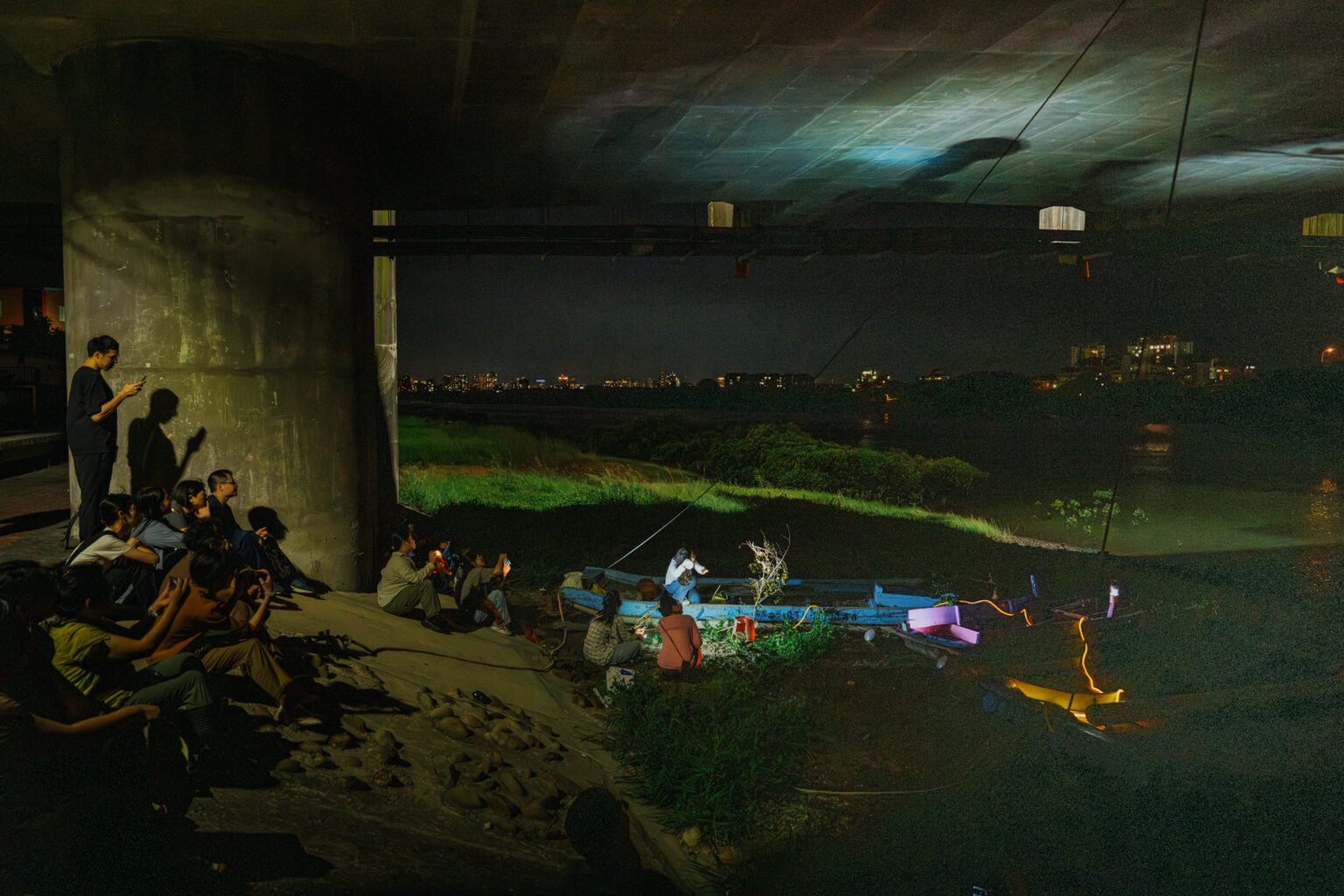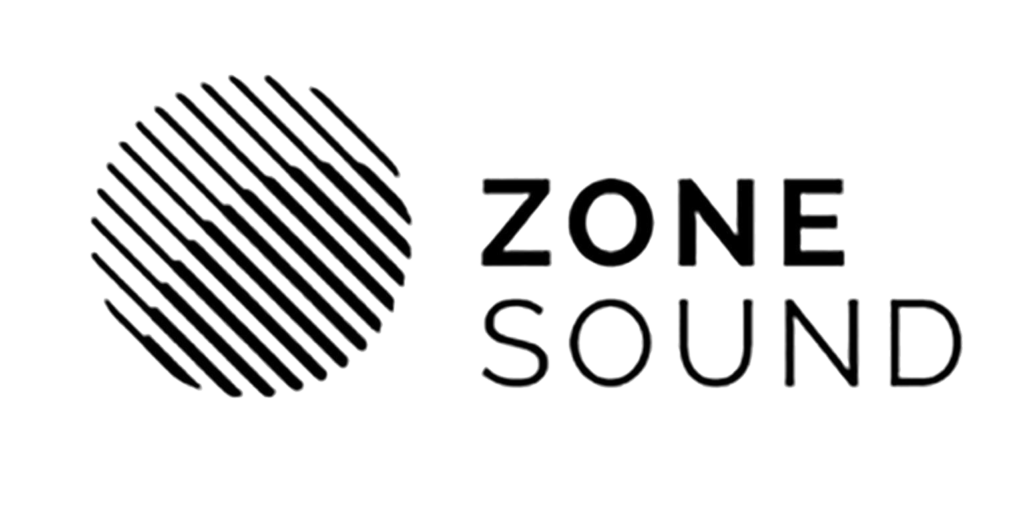
《無形介面》臺墨交流計畫Interfaces of the Invisible
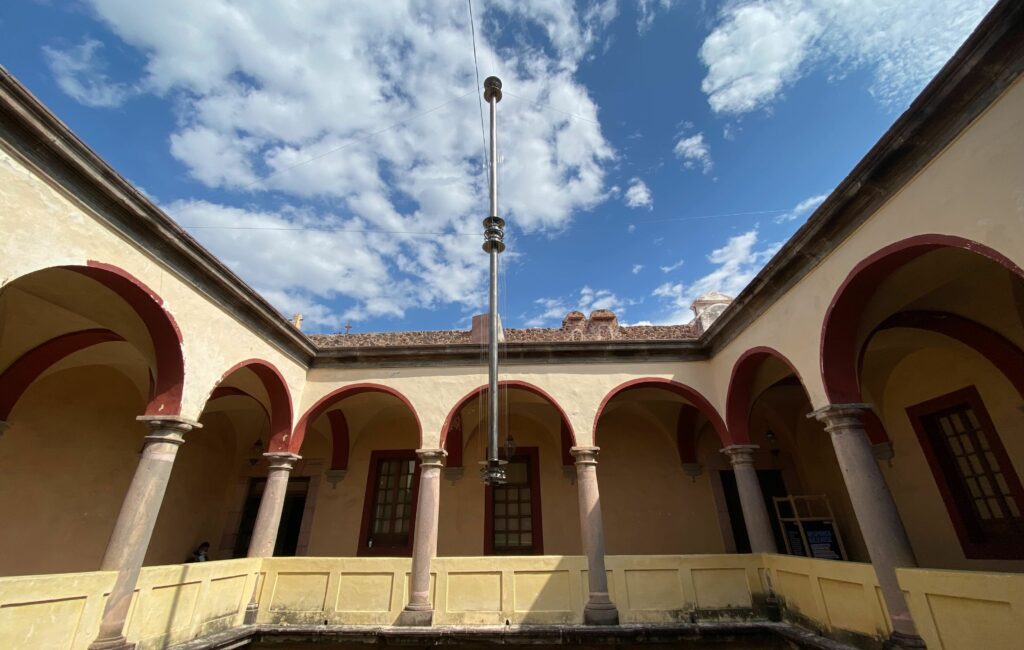
《無形介面 Interfaces de lo Invisible》
・日期|2022.11.26-2023.02.26
・地點|克雷塔羅市博物館(Museo de la Ciudad de Querétaro)
計畫介紹
本計畫是融聲創意團隊與墨西哥跨域實驗室 dériveLAB 與創意空間 BEMA 合作的跨域創作項目,由台灣藝術家紀柏豪及墨西哥藝術家Chucho Ocampo合作發展作品。此計畫延續了2021年由台灣文化部拉美交流補助支持的《塑膠湯》計畫,關注於環境感知及身體經驗。團隊在墨西哥各地走訪並開發裝置原型,並配合展覽舉辦了以「漫步」為主題的工作坊,分別將地質探測儀及自製風弦琴帶至克雷塔羅市區街道與參與者們一同行走,並記錄周遭環境狀態,再經由頻譜分析、聲音化等方式轉譯為感官體驗。
此計畫目標是讓大眾更容易理解環境尺度的變化,以縮減訊息規模和訊息接收者之間的間距。今日諸多既有技術、文學甚至電視劇集等媒體,正試圖向人群解釋環境問題。它被稱為人類世、資本世、氣候變化、全球暖化、第三次滅絕等,但人們對於這些緊急的變化,儘管看到了圖表、報告、新聞,或者親身經歷過,仍需要更多反思或採取相應行動。而造成這種差距的原因,包括資訊轉換的不可估量性,或者技術與數據的視覺化程度。因此,《無形介面》試圖通過當代藝術方法論和新興技術,重新理解、認識這種氣候緊急情況。
本計畫亦與墨西哥自治大學地球科學中心實驗室(Geoscience Center, Universidad Autonoma de Mexico)合作,以克雷塔羅市博物館(Museo de la Ciudad de Querétaro)為中心進行地質探勘。在創作及研究過程,藝術家們思考如何將自然界中的身體感知轉譯為藝術性表達,或以聲音為媒介,傾聽、思考環境的無形層面,將艱澀的數據科學、環境感測做另類轉譯,促使大眾對環境尺度產生新的理解。此外,透過跨學科的實驗、工具技術交流,展覽和公眾活動邀請觀眾透過聆聽和漫步,使用地質探測器和DIY風琴收集環境數據,探索身體對自然的感知如何轉化為藝術表達,一同思考人類在塑造環境未來和促進與地球的永續關係中所扮演的角色。
–
Interfaces of the Invisible (無形介面) is an interdisciplinary project focusing on environmental perception and climate emergencies. The project brings together a team of organizations and artists, including Zone Sound Creative(融聲創意), dériveLAB, BEMA, Taiwanese artist Po-Hao Chi(紀柏豪), and Mexican artist Chucho Ocampo.
The project aims to bridge the gap between the scale of ecological messages and their recipients, using artistic methodologies and emerging technologies to understand and recognize the climate emergency. The exhibition and public workshops invite audiences to consider their roles in shaping the environment’s future and fostering a more sustainable relationship with the planet by listening and walking together.
We developed an instrument suspended in the courtyard that interfaces with the atmosphere in the exhibition. The instrument’s strings create vibrations that cause a hollow tube to resonate, translating the vibrations into sound as the wind moves through it. This atmospheric instrument is connected to an FM transmitter. The short waves are received by a receiver that amplifies the readings in the room, activating the pulsations of both radargrams and creating a moiré effect. This overlap between the spectrogram and the radargram illustrates the relationship between geological layers and the atmosphere, highlighting the connections between sedimentation, erosion, water cycles, and the environment.
To enhance audience engagement and understanding, the Interfaces of the Invisible project includes workshops that use a geological probe and DIY aeolian harps to collect environmental data and facilitate audience interaction and perception while walking. The artists use interdisciplinary experimentation and sharing of instrumental techniques to explore how bodily perception of nature can be translated into artistic expression and how art can respond to environmental issues through sound.
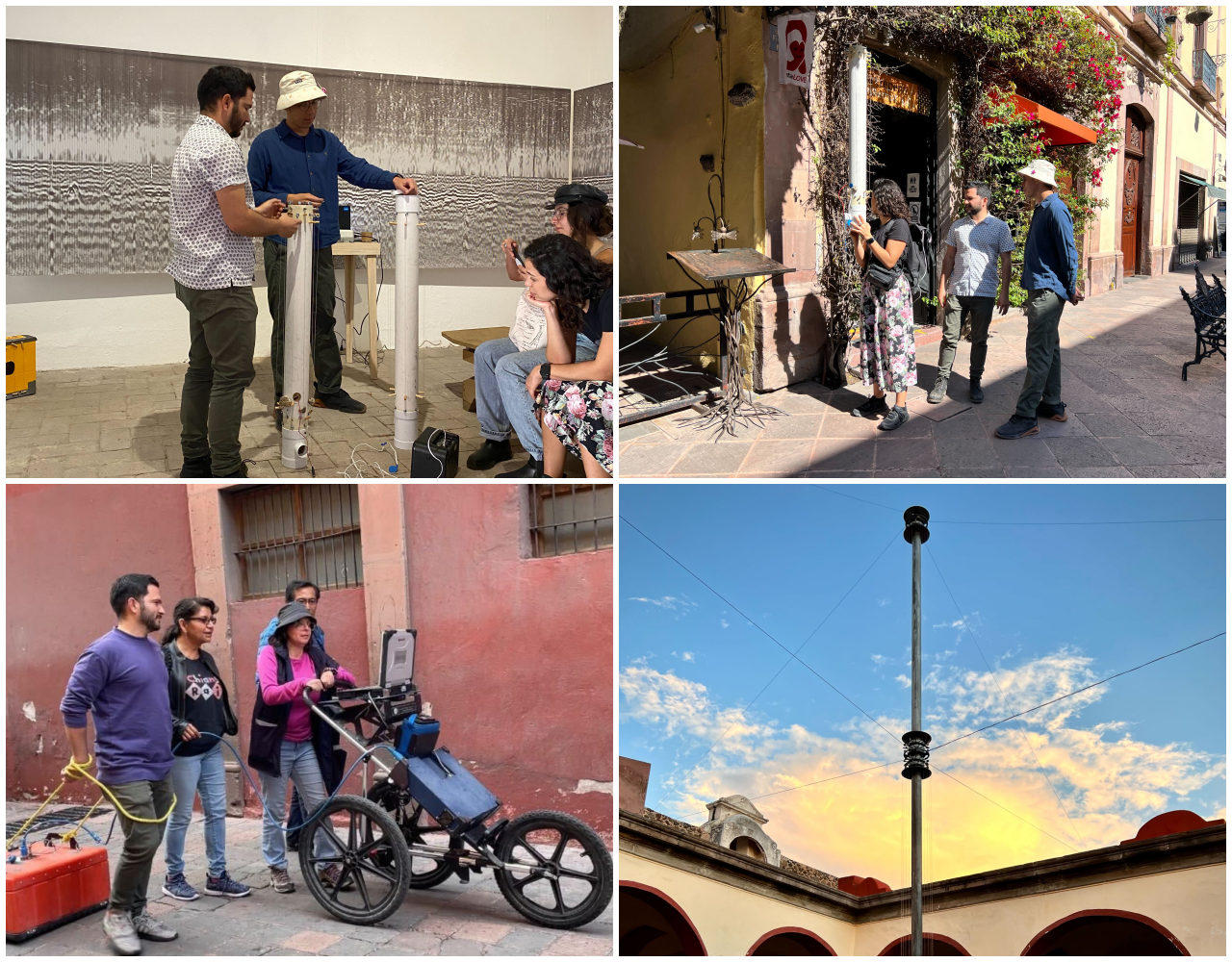

Credits
相關文章

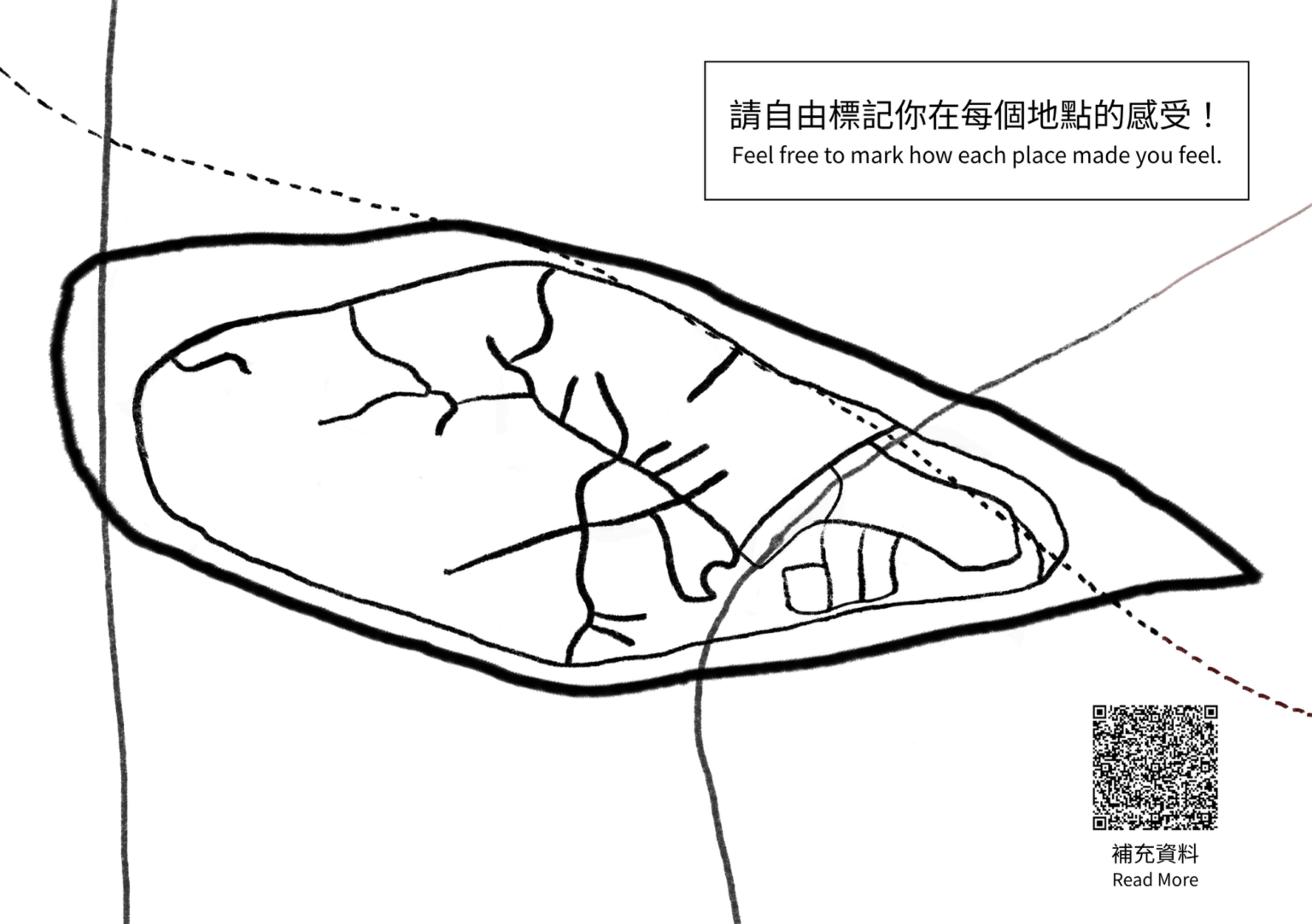
在舊港島練習節奏分析:從 Lefebvre 的 Rhythmanalysis 談起
參考法國思想家 Henri Lefebvre 在《Rhythmanalysis》提出的節奏分析,我們把夜間與日間的走訪、感知卡片、島嶼模型製作等活動,視為一次在現場展開的節奏實驗。這篇文章整理這套方法背後的理論線索,也說明它如何被轉寫成實際可操作的感知工具。
